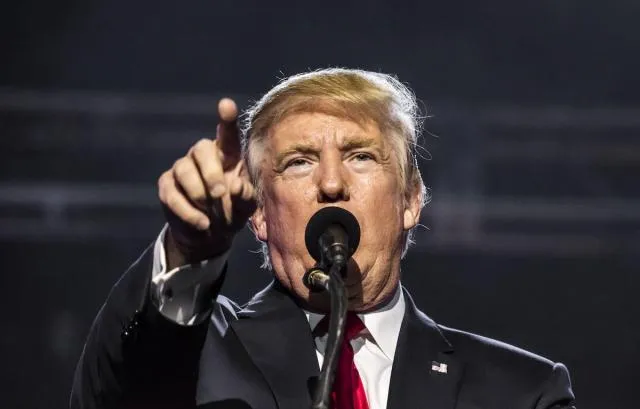Recent discussions surrounding the concept of a national strategic cryptocurrency reserve have captured the attention of investors and industry experts alike. Speculation has been fueled by reports suggesting that prominent altcoins, such as Solana (SOL), XRP, and Circle’s USDC stablecoin, could play a role in this initiative. This idea has sparked both optimism and skepticism within the cryptocurrency community.
Market Performance and Key Developments
Altcoins Surge Amid Reports
On a recent Thursday, Solana’s SOL, XRP, and Hedera’s HBAR experienced significant gains, reportedly linked to discussions about creating an “America-first strategic reserve” of select cryptocurrencies. SOL saw an impressive surge of over 8%, reaching $217. Meanwhile, XRP continued its upward momentum, climbing to $3.35—approaching its all-time high from 2018. Although HBAR was not explicitly mentioned in the reports, it rallied more than 10%, marking its strongest performance since early December.
These developments contributed to a 5% increase in the CoinDesk 20 Index over 24 hours, significantly outperforming Bitcoin’s modest 0.5% rise, which brought the leading cryptocurrency close to the $100,000 mark.
Anticipation for Policy Announcements
The upcoming inauguration of Donald Trump as the 47th U.S. president has heightened expectations for potential executive orders targeting the digital asset industry. During his campaign, Trump emphasized his commitment to positioning the United States as a global leader in cryptocurrency innovation. This included proposals to establish a national stockpile of Bitcoin. Additionally, Senator Cynthia Lummis introduced the BITCOIN Act, advocating for the acquisition of 5% of Bitcoin’s total supply. Several U.S. states have also considered or implemented legislation aimed at creating cryptocurrency reserves.
Expert Opinions on Expanding the Reserve
Concerns Over Altcoin Inclusion
While the prospect of a strategic cryptocurrency reserve has generated excitement, the idea of incorporating altcoins has been met with skepticism. Critics argue that such a move may not align with the principles of decentralization or sound financial strategy.
Quinn Thompson, founder of the hedge fund Lekker Capital, dismissed the notion as implausible. “This is a ridiculous idea and will never happen,” Thompson remarked in a public statement. He elaborated, “It’s not the government’s place to be making venture capital bets on altcoins. The concept of a strategic reserve for non-Bitcoin tokens is fundamentally flawed.”
Decentralization and Nationalization
Anthony Georgiades, general partner at Innovating Capital, highlighted the potential risks associated with the nationalization of digital assets. While acknowledging the importance of fostering innovation within the U.S., Georgiades cautioned that government involvement in altcoin reserves could undermine decentralization efforts. “Bitcoin remains the only truly decentralized token at present,” he stated. “Although other projects show promise, introducing national control over digital assets might hinder their progress towards achieving a decentralized ethos.”
The Broader Implications
Balancing Innovation and Regulation
The idea of a strategic cryptocurrency reserve raises broader questions about the role of government in the rapidly evolving digital asset space. Advocates argue that such initiatives could bolster the U.S.’s position as a leader in blockchain technology and cryptocurrency adoption. However, critics warn that overreach could stifle the innovative and decentralized nature of the industry.
The Path Forward
As discussions continue, the cryptocurrency community awaits further clarity on the potential scope and structure of a strategic reserve. Whether it focuses solely on Bitcoin or incorporates altcoins, the initiative’s success will depend on striking a balance between promoting innovation and maintaining the core principles of decentralization.
The concept of an “America-first” strategic cryptocurrency reserve represents a bold and controversial step in the evolution of digital asset policy. While reports of potential altcoin inclusion have generated excitement in the market, they have also sparked critical debates about the implications for decentralization and government involvement. As the U.S. prepares for new leadership, the cryptocurrency community will be closely watching for policy announcements that could shape the future of the industry.

